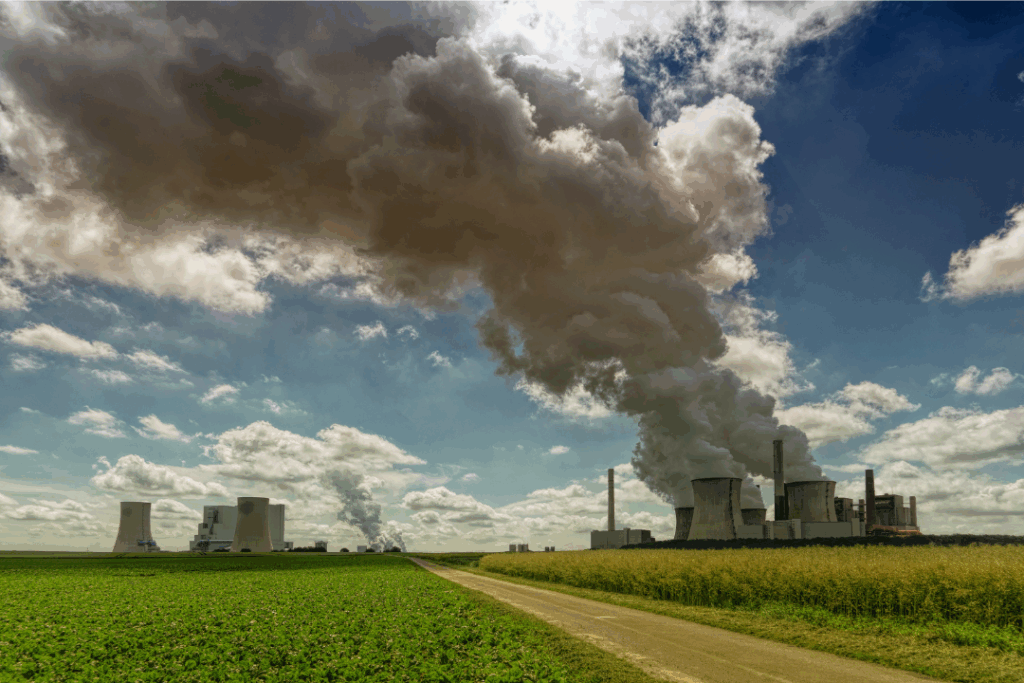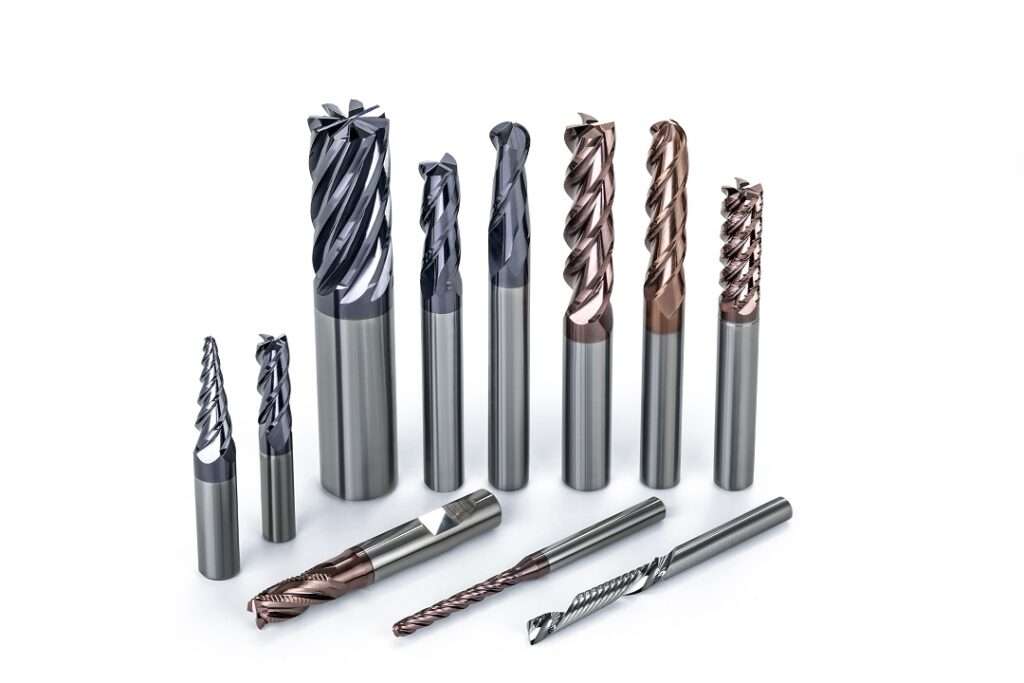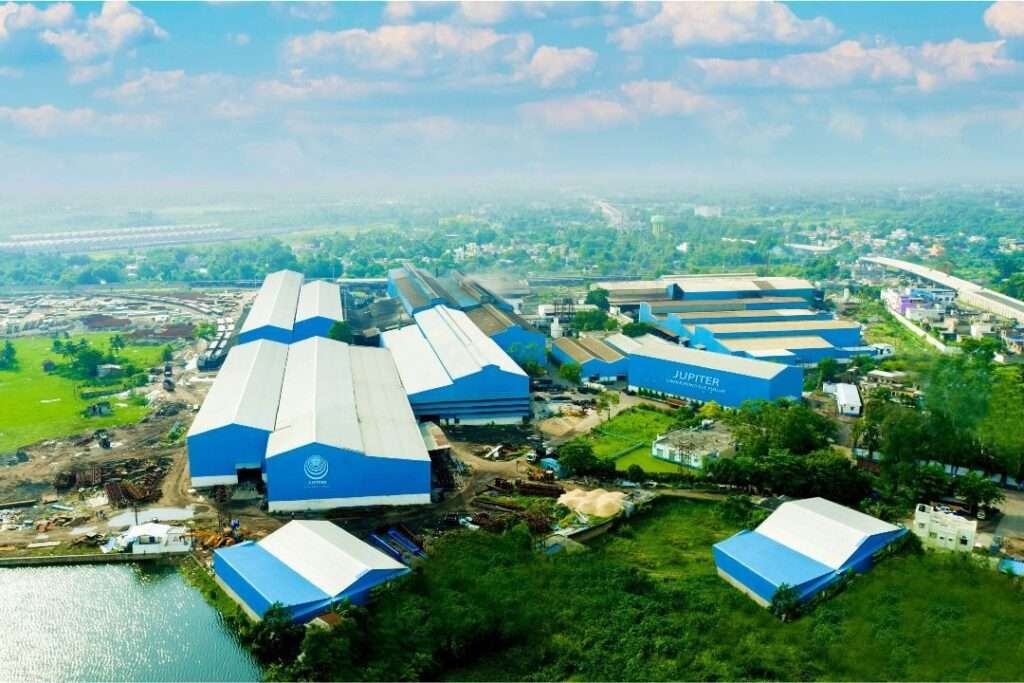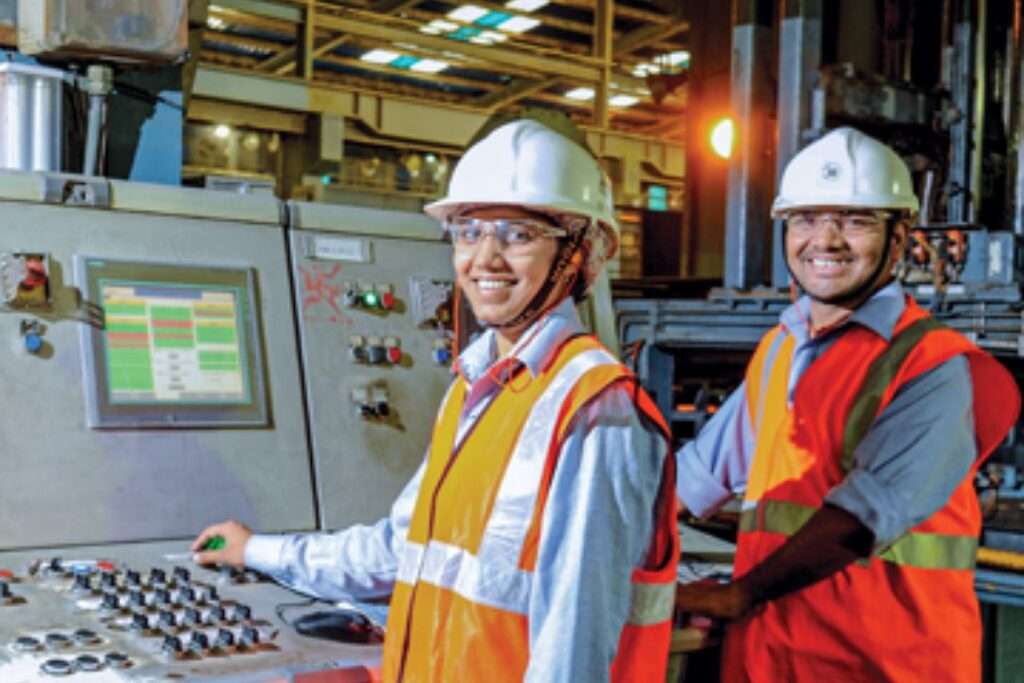India’s steel production is set to surpass 300 million tonnes (MT) by 2030, according to a senior official from the Ministry of Steel. This significant growth projection underscores the country’s robust industrial expansion and increasing demand for steel in various sectors.
Addressing a recent industry conference, Steel Secretary Sanjay Singh highlighted the government’s commitment to scaling up production capacity. He emphasized that the National Steel Policy (NSP) 2017 has laid a strong foundation for achieving this ambitious target. “We are confident that with the current pace of development and supportive policies, India will reach and possibly exceed the 300MT mark by 2030,” Singh stated.
The NSP 2017 aims to create a globally competitive steel industry in India, ensuring high quality and cost-efficient production. Key focus areas include modernization of existing plants, setting up new greenfield projects, and promoting research and development in advanced steel-making technologies.
The official pointed out that infrastructure development, urbanization, and the government’s push for ‘Make in India’ and ‘Aatmanirbhar Bharat’ (Self-Reliant India) are primary drivers behind the rising steel demand. Major infrastructure projects, such as the construction of highways, ports, and smart cities, are expected to consume substantial quantities of steel, thereby boosting production levels.
Moreover, the automotive and manufacturing sectors are also witnessing rapid growth, contributing to the increased demand for steel. Singh mentioned that the government’s initiatives to attract foreign direct investment (FDI) and enhance domestic manufacturing capabilities are pivotal in sustaining this growth trajectory.
India’s steel industry, currently the second-largest in the world, has shown resilience amid global economic challenges. The sector has benefited from favorable government policies, including reduced import duties on raw materials and export incentives for finished steel products. These measures have bolstered the industry’s competitiveness in the international market.
To support the anticipated production growth, substantial investments are being made in expanding existing facilities and setting up new plants. Leading steel manufacturers like Tata Steel, JSW Steel, and Steel Authority of India Limited (SAIL) are undertaking significant capacity expansion projects. Additionally, the private sector’s involvement is expected to play a crucial role in achieving the 300MT target.
While addressing environmental concerns, Singh assured that the government is equally focused on promoting sustainable and eco-friendly steel production. Initiatives to reduce carbon emissions and adopt green technologies are being encouraged across the industry. The upcoming greenfield projects will incorporate advanced, environmentally sustainable processes to minimize their ecological footprint.
The projection of crossing 300MT steel production by 2030 reflects India’s ambitious growth plans and its determination to strengthen its position in the global steel industry. With supportive policies, increasing demand, and substantial investments, India is well on its way to achieving this milestone, contributing significantly to the country’s economic development.








